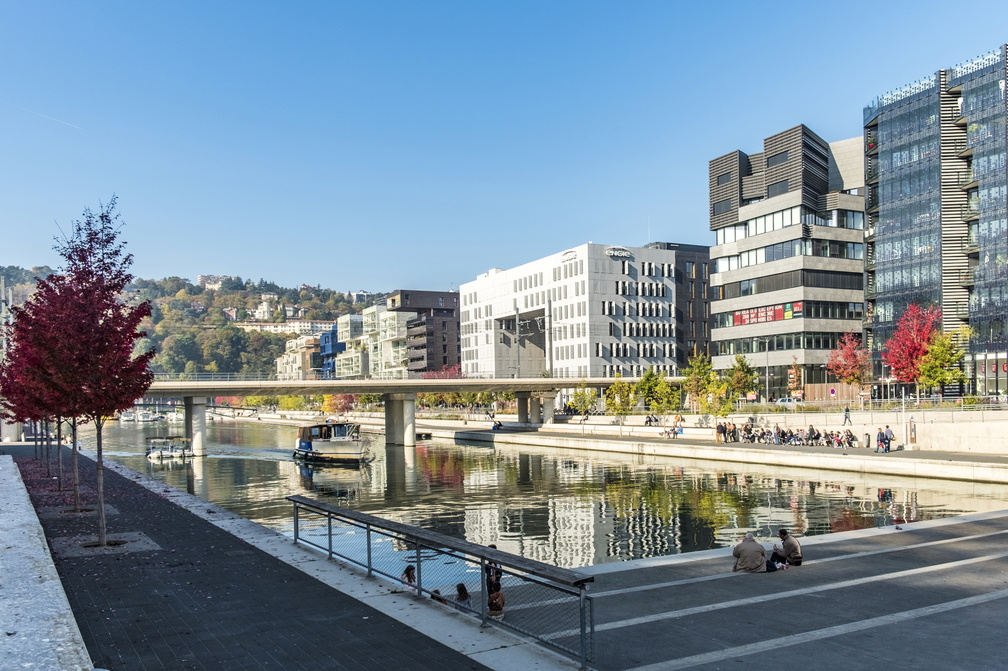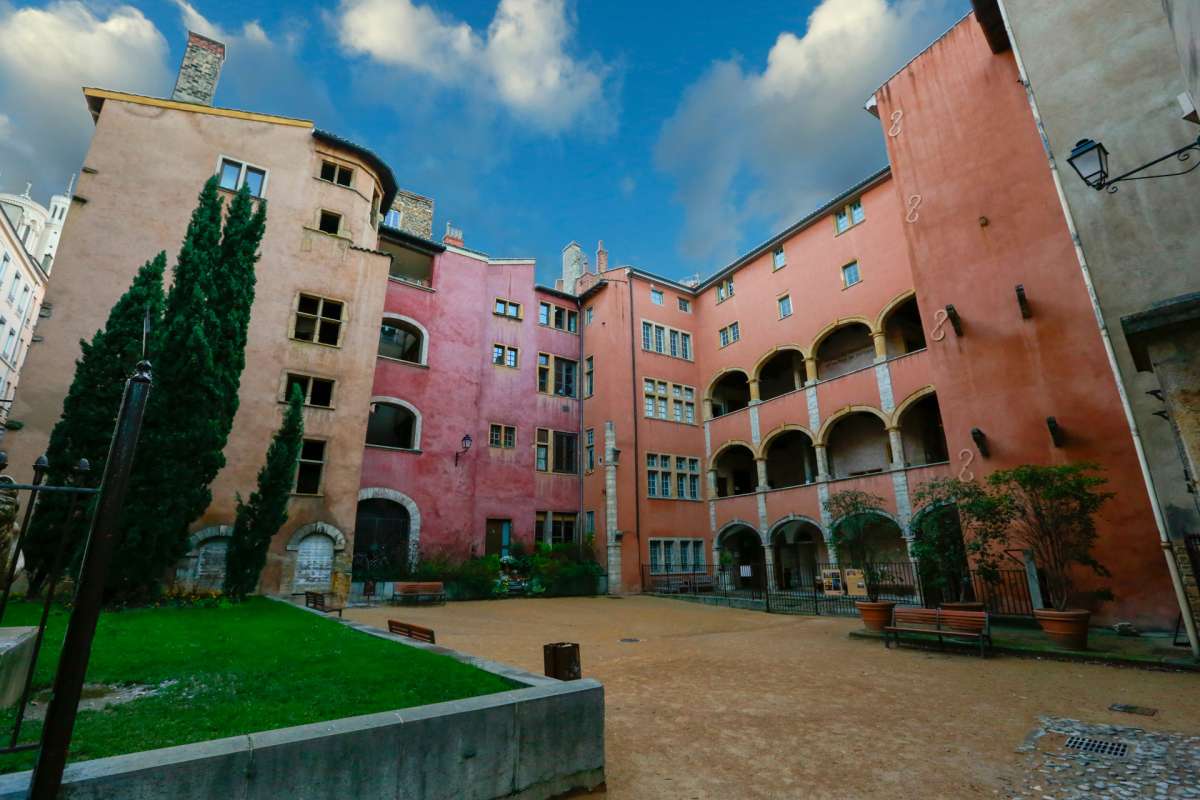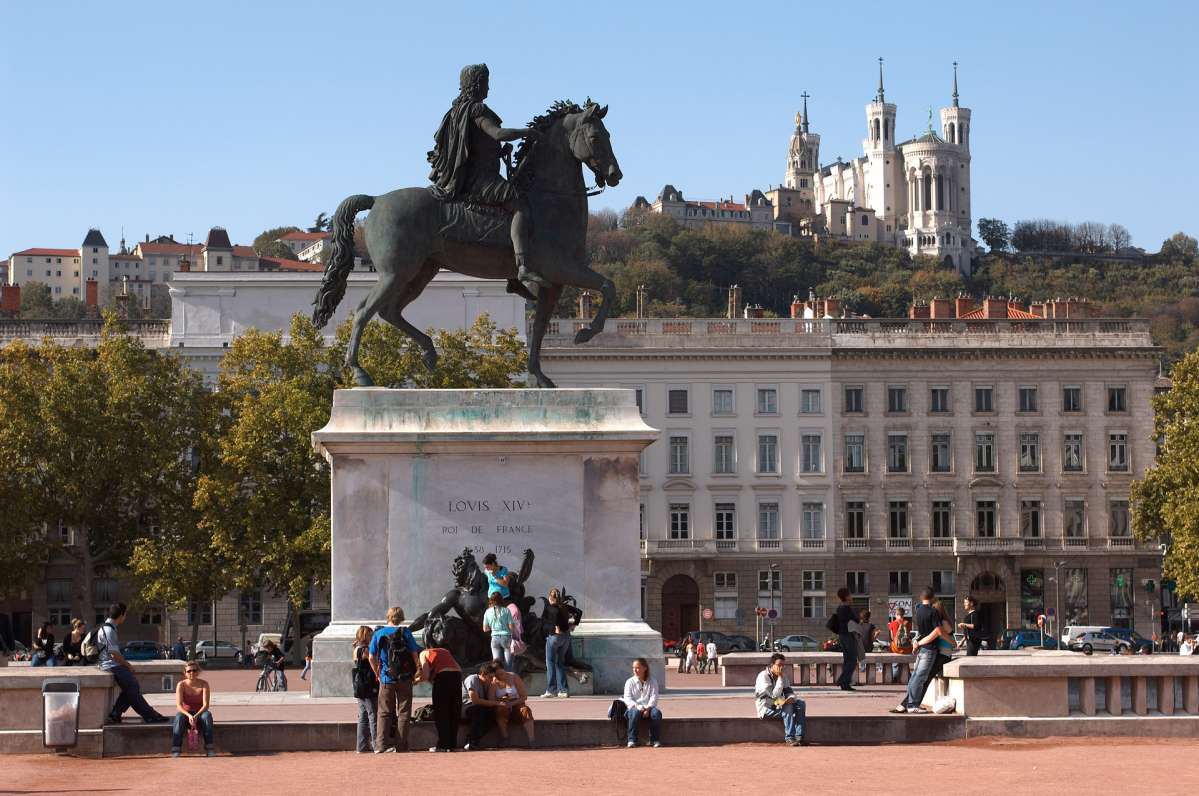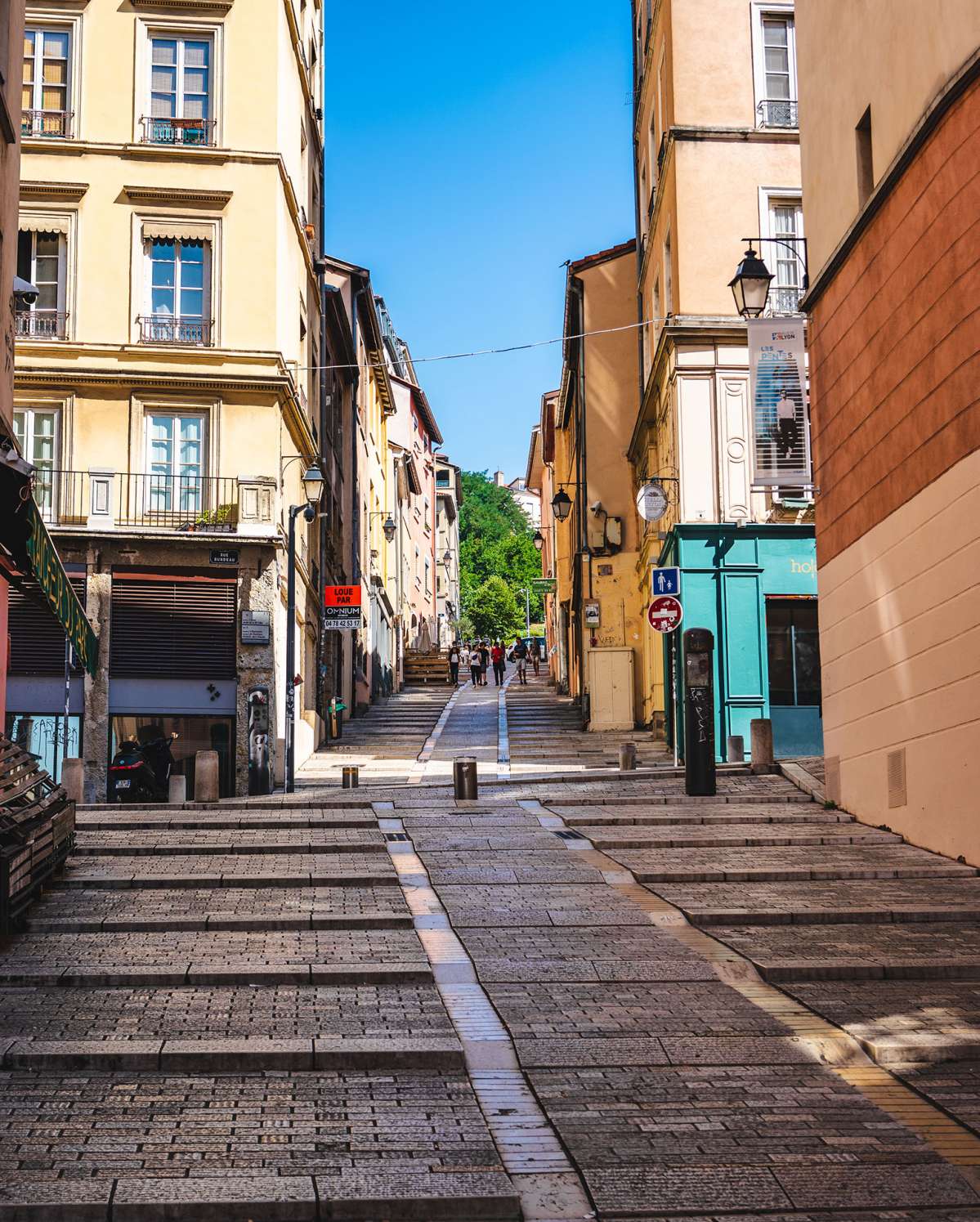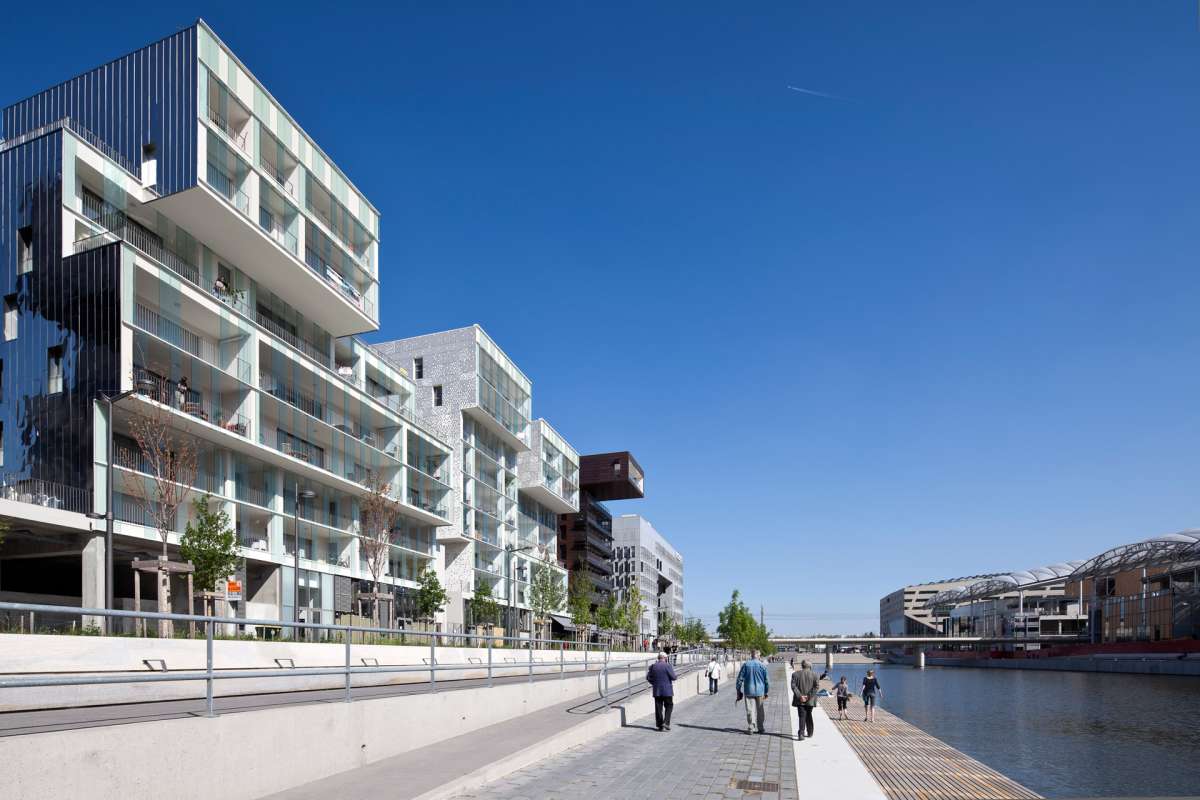Standing proudly opposite ‘the hill that prays’, in reference to the religious importance of the hill of Fourvière), this is ‘the hill that works’! Since the nineteenth century, the Croix-Rousse has been famous for the 30,000 or so Canuts (silk-workers) who lived and worked here. As you stroll through this part of Lyon, you can still see the characteristic buildings where they lived, with their colourful yet unadorned façades, exposed beams, and high ceilings, which allowed space for their huge weaving looms. Like Vieux-Lyon, this is a place of great historical and cultural importance for the city. With its “village atmosphere”, the plateau of Croix-Rousse hill has become very popular with families, thanks to its large market, its shaded parks and its squares lined with cafés. The livelier slopes of Croix-Rousse (known as ‘Les Pentes’) are a magnet for artists, creative types and associations. As an important centre of the French Resistance during World War Two, this district has kept its rebellious and free spirit! Bringing together tradition and modernity, it is a charming part of Lyon, which people visit as much for its traboules (hidden passageways) as for its street art.
